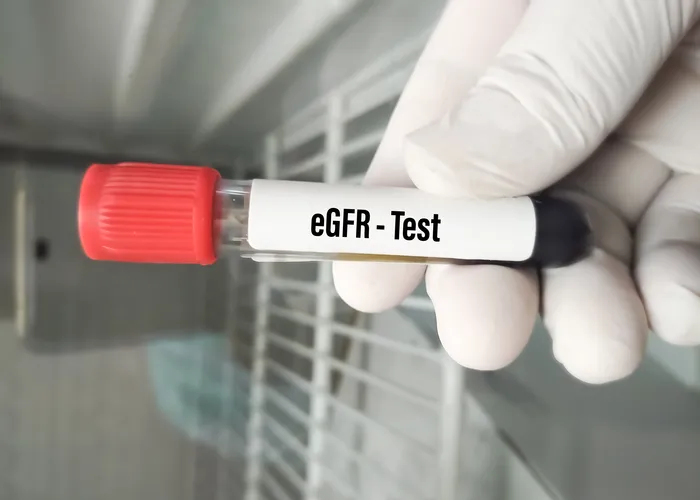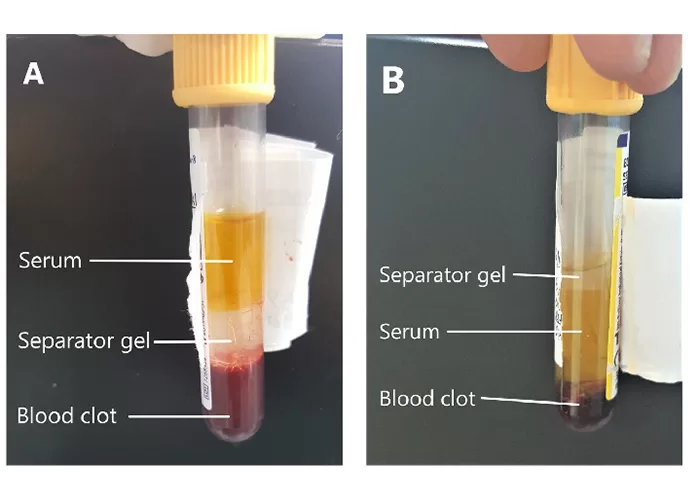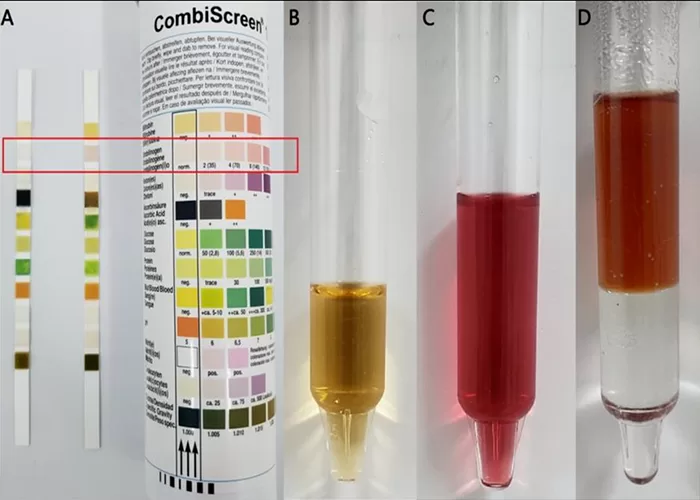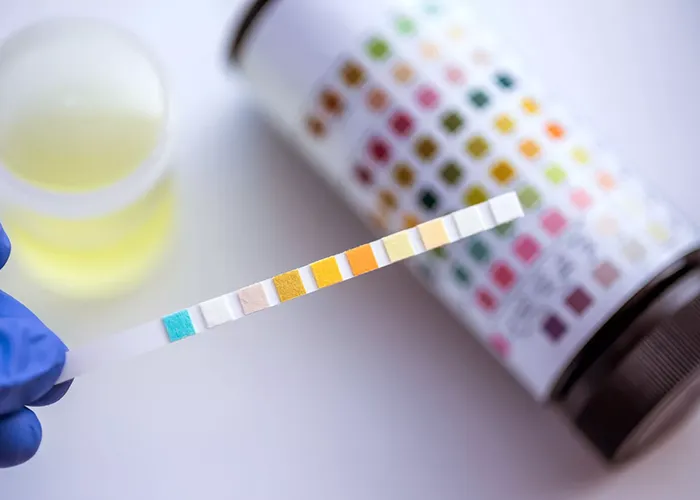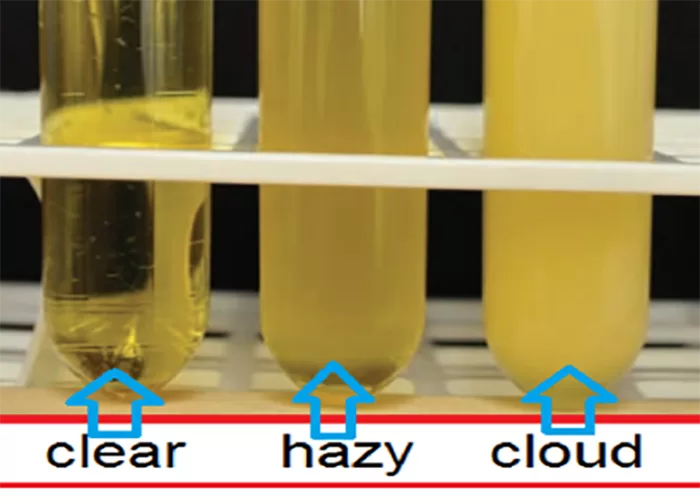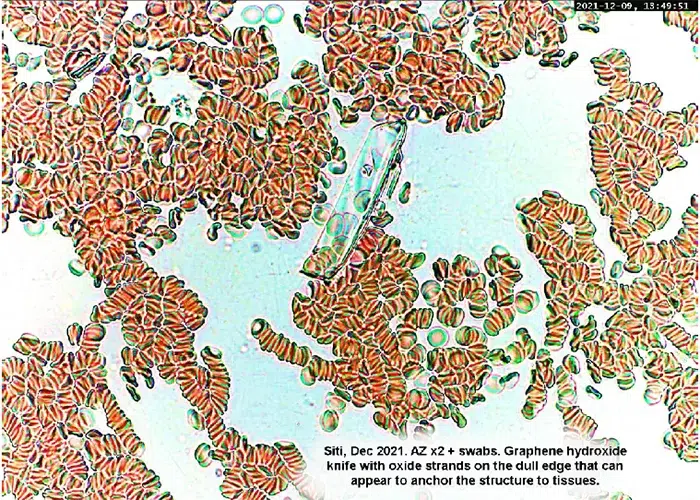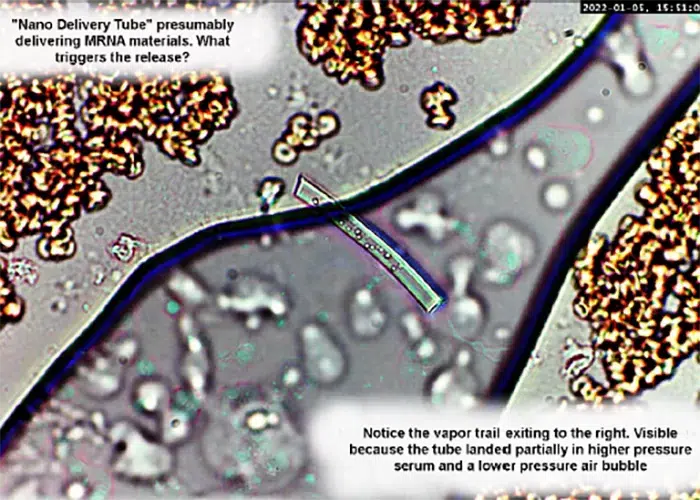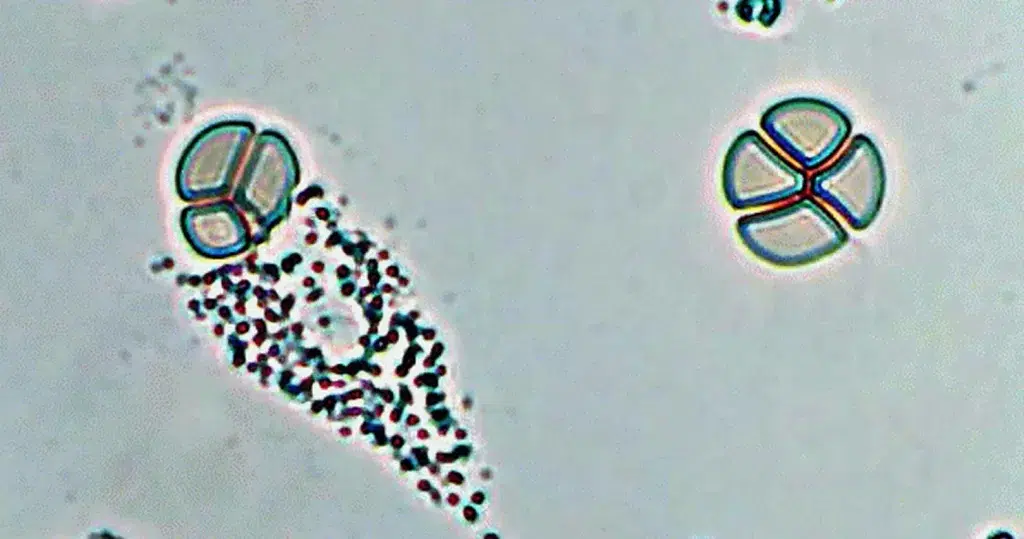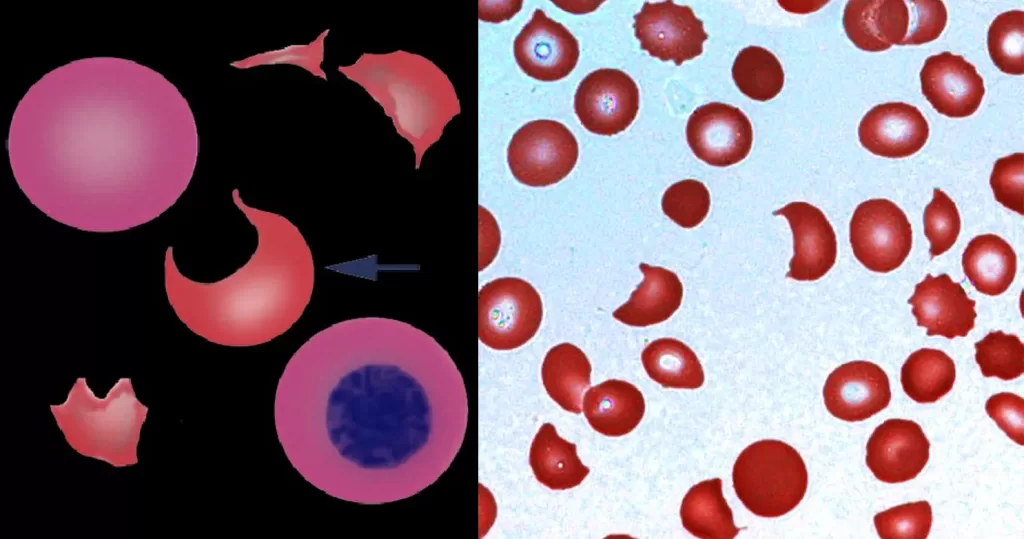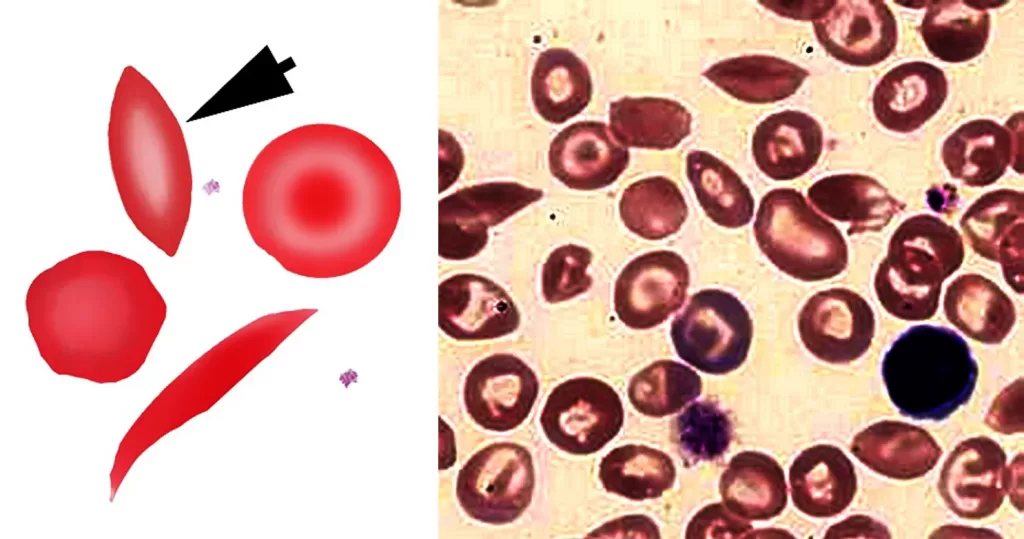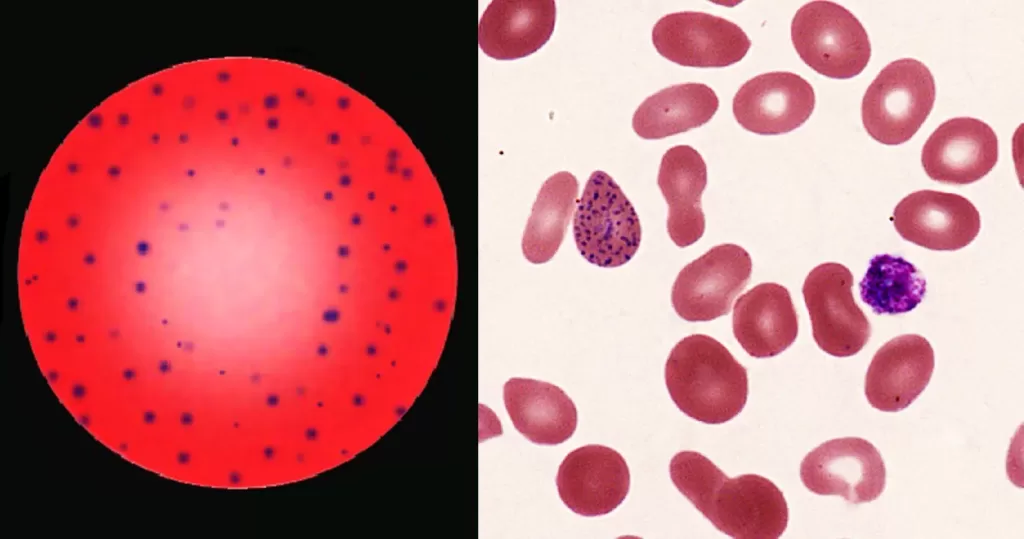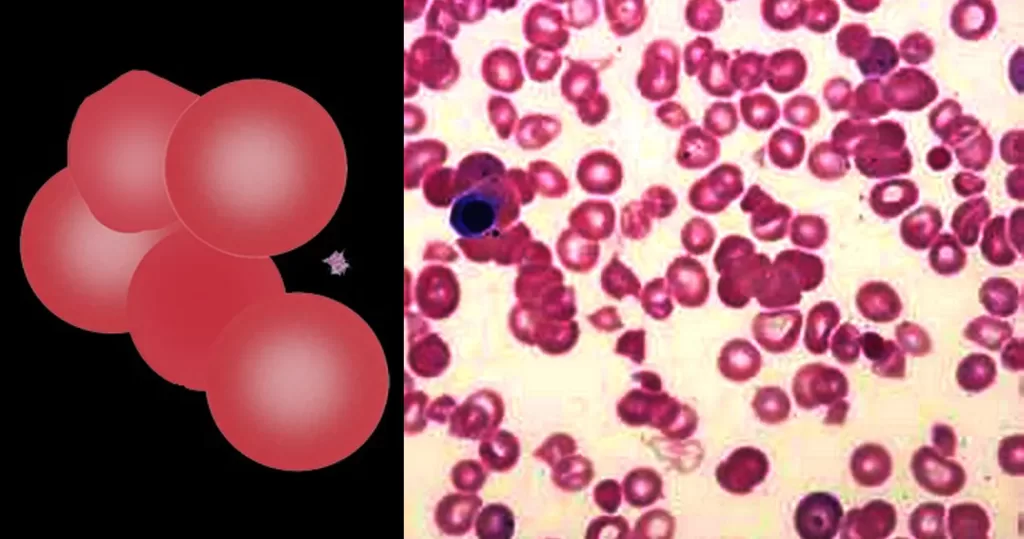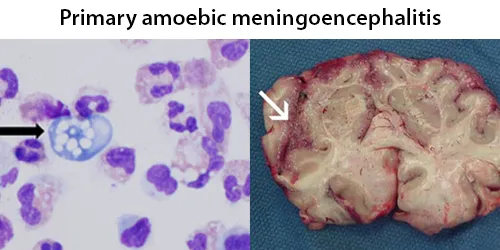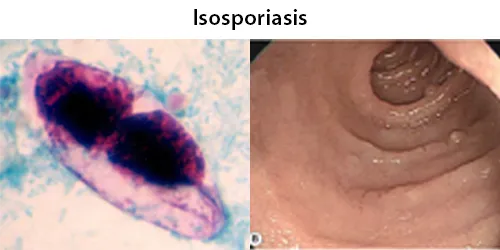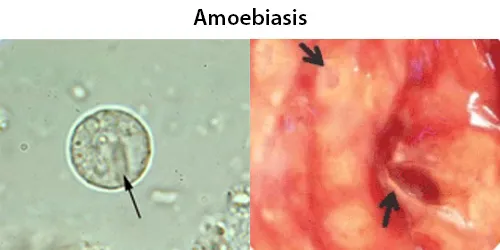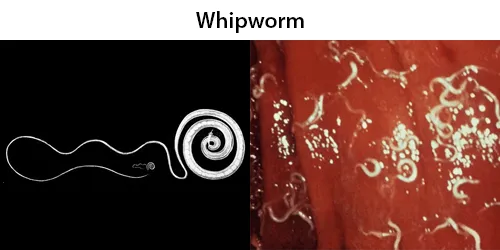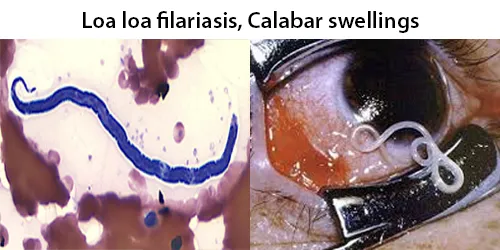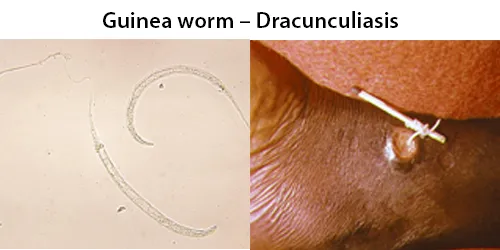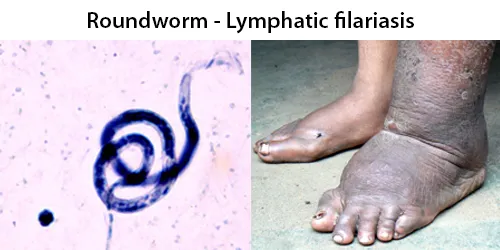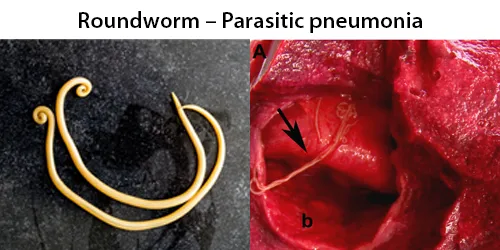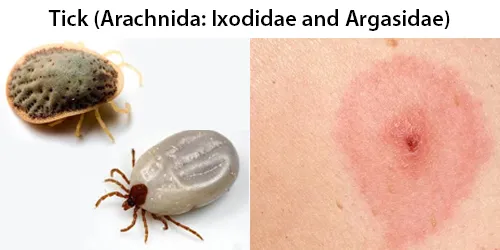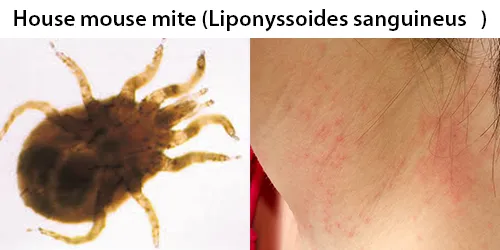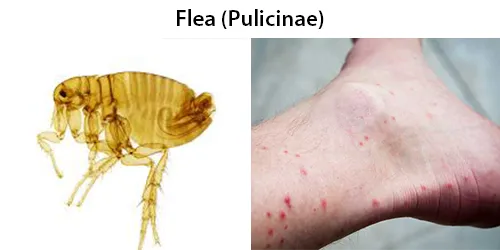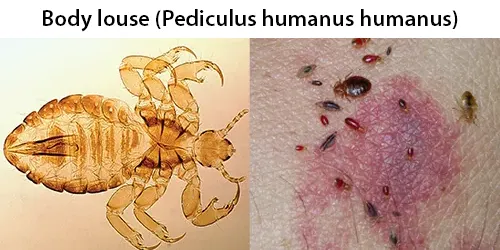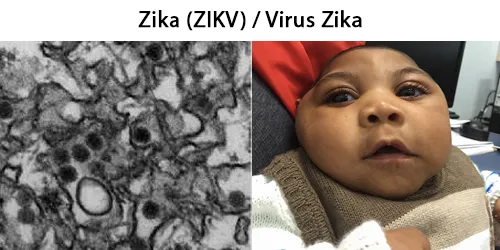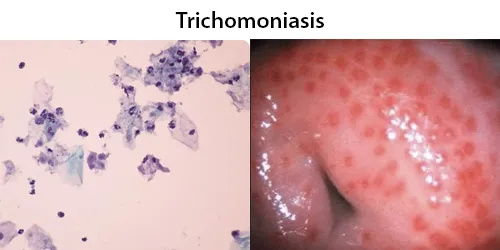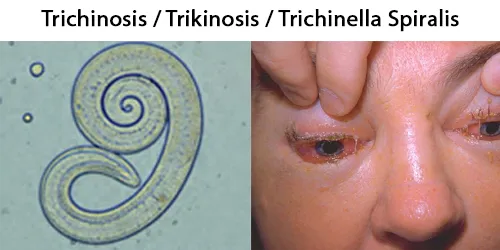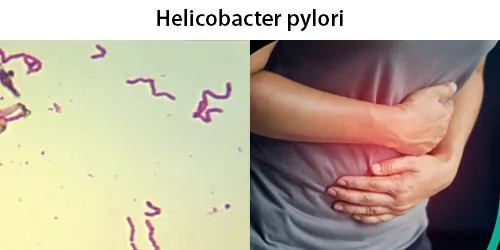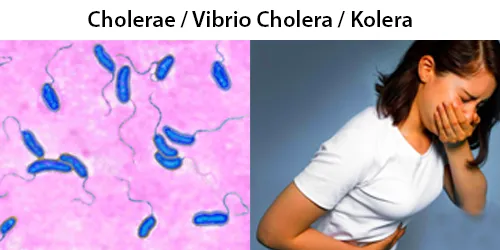Basophil Cells
Basophils release enzymes to improve blood flow and prevent blood clots. Basophils function to defend your body against:
- Allergens.
- Bacterial, fungal and viral infections (pathogens).
- Blood clotting.
- Parasites.
Basophil cells are unique in that they don’t recognize pathogens they’ve already been exposed to. Instead, they attack any organism they see that is unfamiliar to your body. Basophils destroy foreign organisms by surrounding and ingesting them (phagocytosis).
They are responsible for inflammatory reactions during immune response, as well as in the formation of acute and chronic allergic diseases, including anaphylaxis, asthma, atopic dermatitis and hay fever. They also produce compounds that coordinate immune responses, including histamine and serotonin that induce inflammation, and heparin that prevents blood clotting, although there are less than that found in mast cell granules.
https://en.wikipedia.org/wiki/Basophil
They can be found in unusually high numbers at sites of ectoparasite infection (e.g., ticks).

Basophilic stippling
Implicated in cases of lead poisoning but can be an indicator of various heavy metal toxicities. Alternative causes include hemoglobinopathies, nutritional deficiencies, and myelodysplasia warrant consideration as well in the context of appropriate clinical history.
Basophilia (high count). May be a sign of serious medical conditions like leukemia, hyperthyroidism, hypothyroidism, cancer, leukemia, MS, bowel disease, or autoimmune disease. Basophils drive the body’s reaction to allergens. They’re why you sneeze, cough or have a runny nose during allergy season or anytime you encounter an allergen.
Basopenia (low count) is difficult to demonstrate as the normal basophil count is so low; it has been reported in association with autoimmune urticaria (a chronic itching condition). Basophilia is also uncommon but may be seen in some forms of leukemia or lymphoma.























